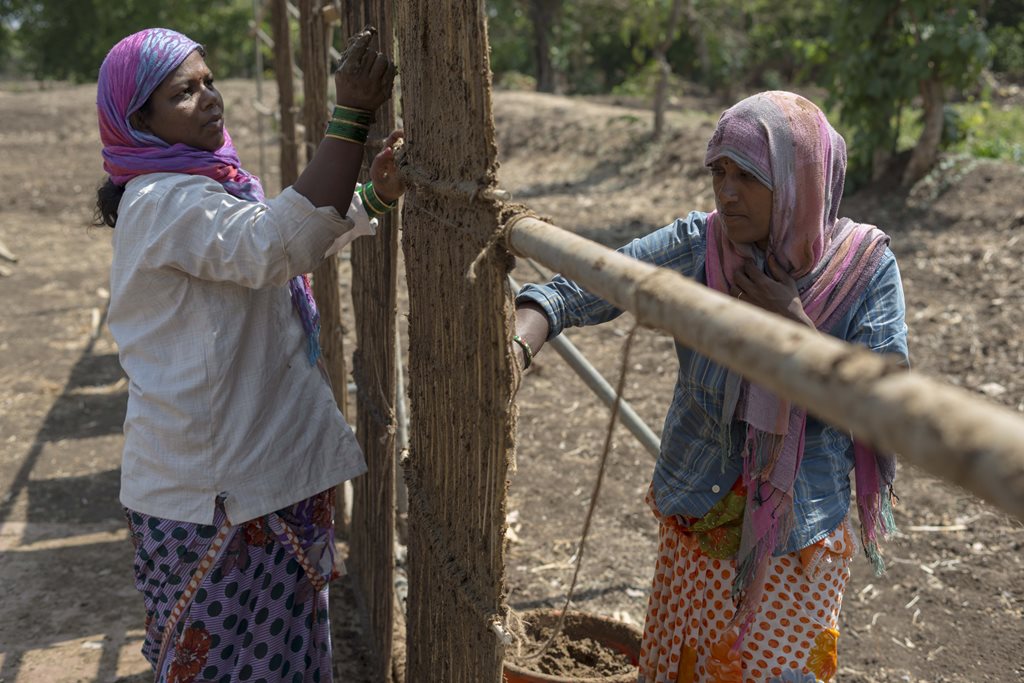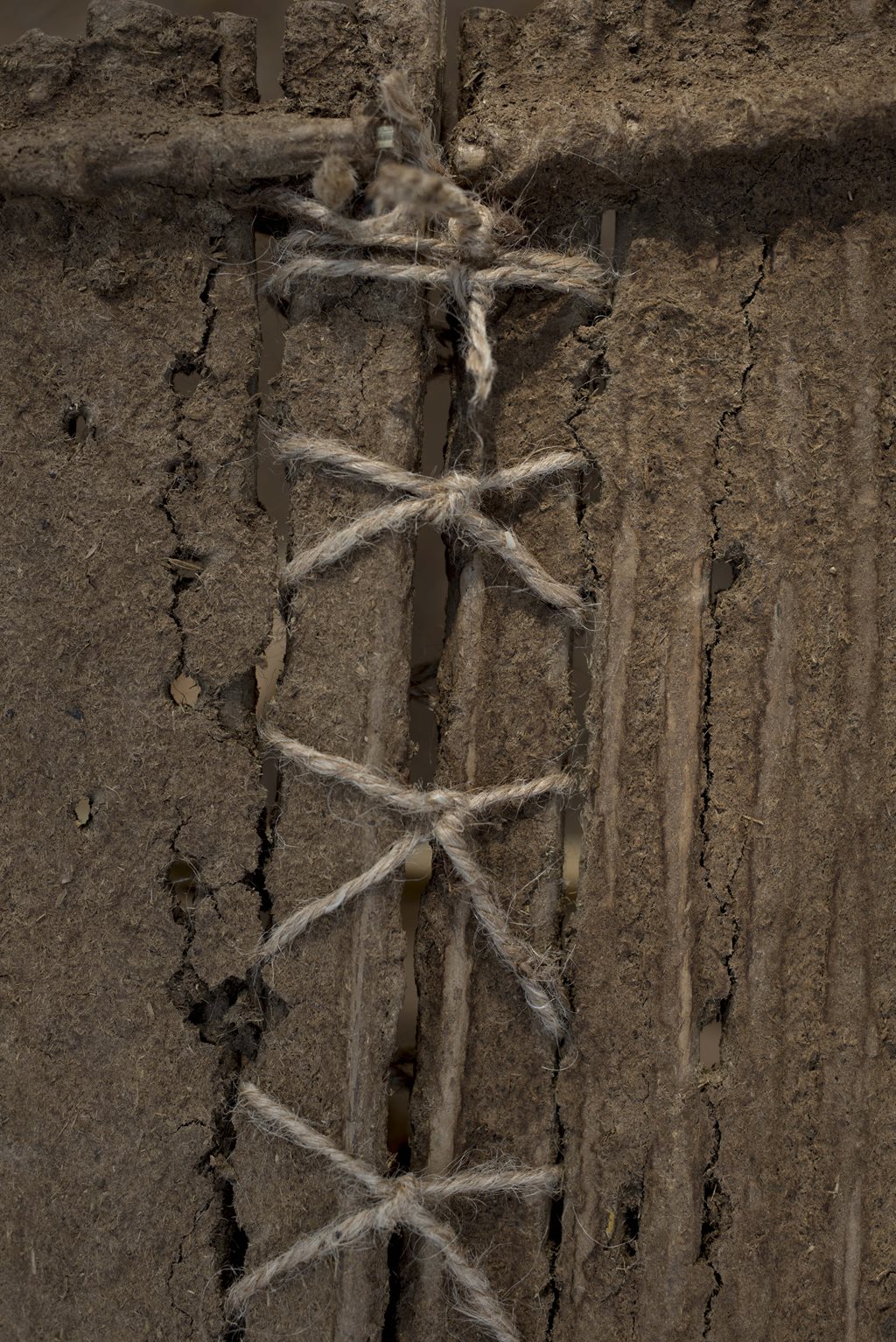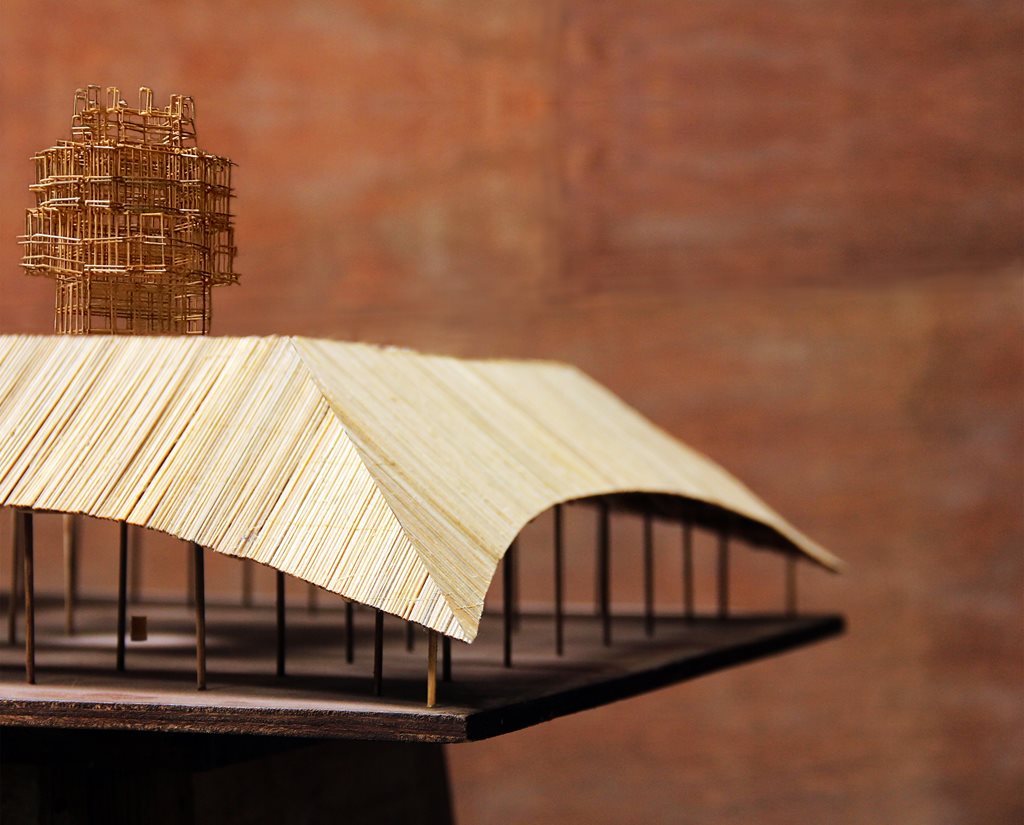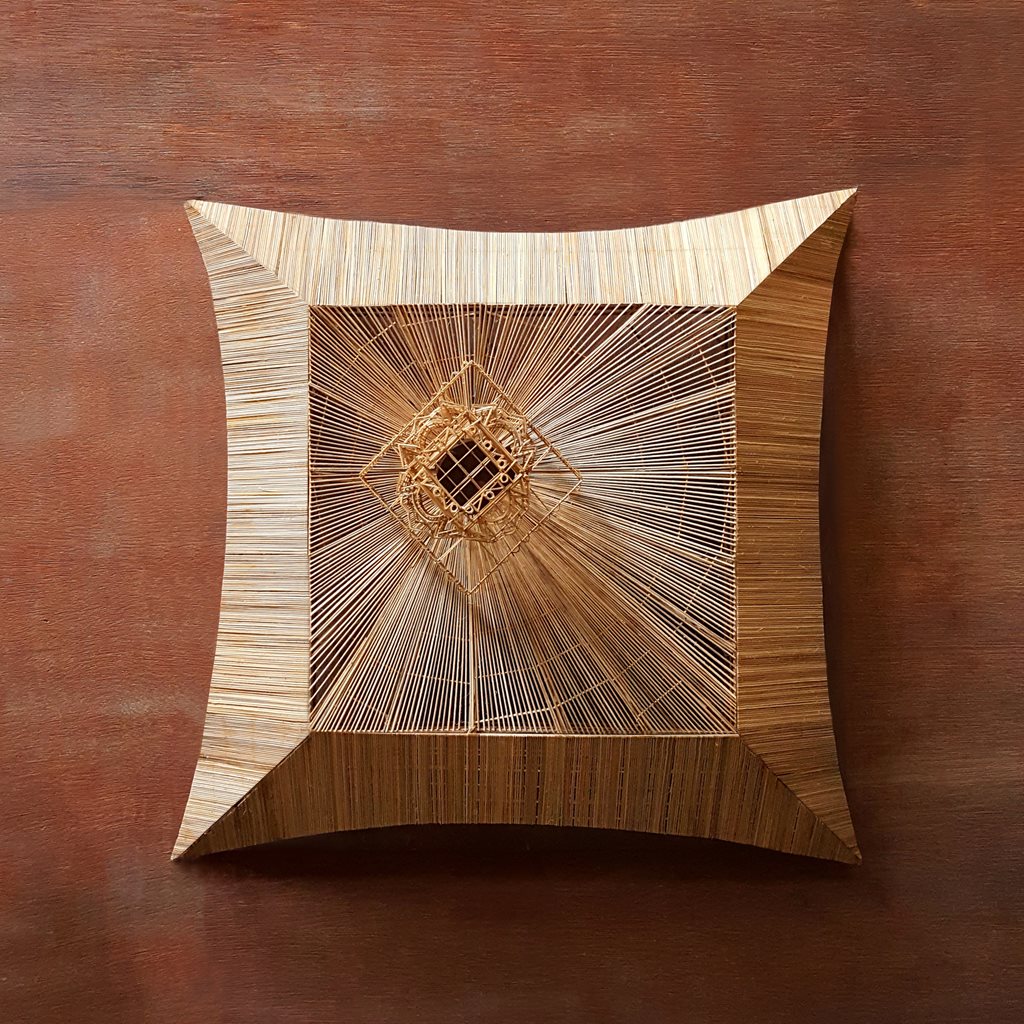Melbourne’s third Mpavilion will both literally and figuratively connect visitors to the ground and sky.
Designed by Indian architect Bijoy Jain of Studio Mumbai, the pavilion will be the largest bamboo structure ever built in Australia and has been designed to establish a space for visitors to share and celebrate the connection between earth, air and human existence.
With a footprint of approximately 18m x 18m and a maximum height of 12 metres, the structure will once again showcase the capability of bamboo as a construction material to Australians, a material grabbing the attention of architects across the globe due to its social, economic and environmental benefits as well as its high-tensile strength.
The MPavilion 2016 will, as far as we know, also introduce Australia to ‘karvi’ panels which, similar to a wattle and daub form of construction, are constructed using a traditional Indian technique whereby a mix of cow dung and earth are tied to the bamboo structure and covered in a waterproof white lime.
The karvi panels will be used on the pavilion’s awning and roof and have been developed by Jain and his team of craftsmen in India over the past six months.


Working in Mumbai over the past six months, Jain and his team of skilled craftsmen have tested and designed Mpavilion 2016 through a series of models and full-scale prototypes. Photography by Nicholas Watt
According to Jain, the panels are integral to the intention of the pavilion which attempts to express the connection between earth, sky and the shared gravity that connects all humans. The panels will supposedly aid this outcome because of what they represent and where they’re placed - the earth and suspended in the air.
“For me it was important to connect the idea of ground, sky and earth, and within this there is all the elements of light, water, air...[the idea is] to make a cross sectional cut where you locate it to that place but also outside its context,” suggests Jain.
“What we’re doing in this process is making it tangible so that we can physically inhabit the thought”
The panels will be supported by a 2.4m colonnade of bamboo columns which will provide a total covered space of16.8m x 16.8m.
The pavilion’s suspended ceiling will feature an off-centre oculus or central opening which will look up to a permeable tower or ‘tazia’, which is an elaborate tower used in Indian ceremonies.
The tazia, as Jain explains is also an integral part of the 2016 Mpavilion.
“The tower or ‘tazia’ is an imaginary building that reaches deep into the stars, so it is otherworldly, and through it you can see the stars, the sky, other dimensions,” he explains.
“I want the Mpavilion to be the scaffolding that provides a creative space that suspends visitors between earth, ground and sky.”


Adorned by an elaborate tower similar to a ‘tazia’ used in Indian ceremonies, the pavilion is in itself a gesture reflecting this internationally recognised architects interest in the connection between earth, sky and the shared gravity that connects all humans. Images: courtesy Studio Mumbai
The Mpavilion will open on 5 October in Melbourne’s historic Queen Victoria Gardens. Bijoy Jain’s pavilion is the third pavilion to be built for the an annual architecture commission and design event conceived and created by the Naomi Milgrom Foundation, the first was by Australian architect Sean Godsell and the second was by Amanda Levete of the British firm AL_A.

